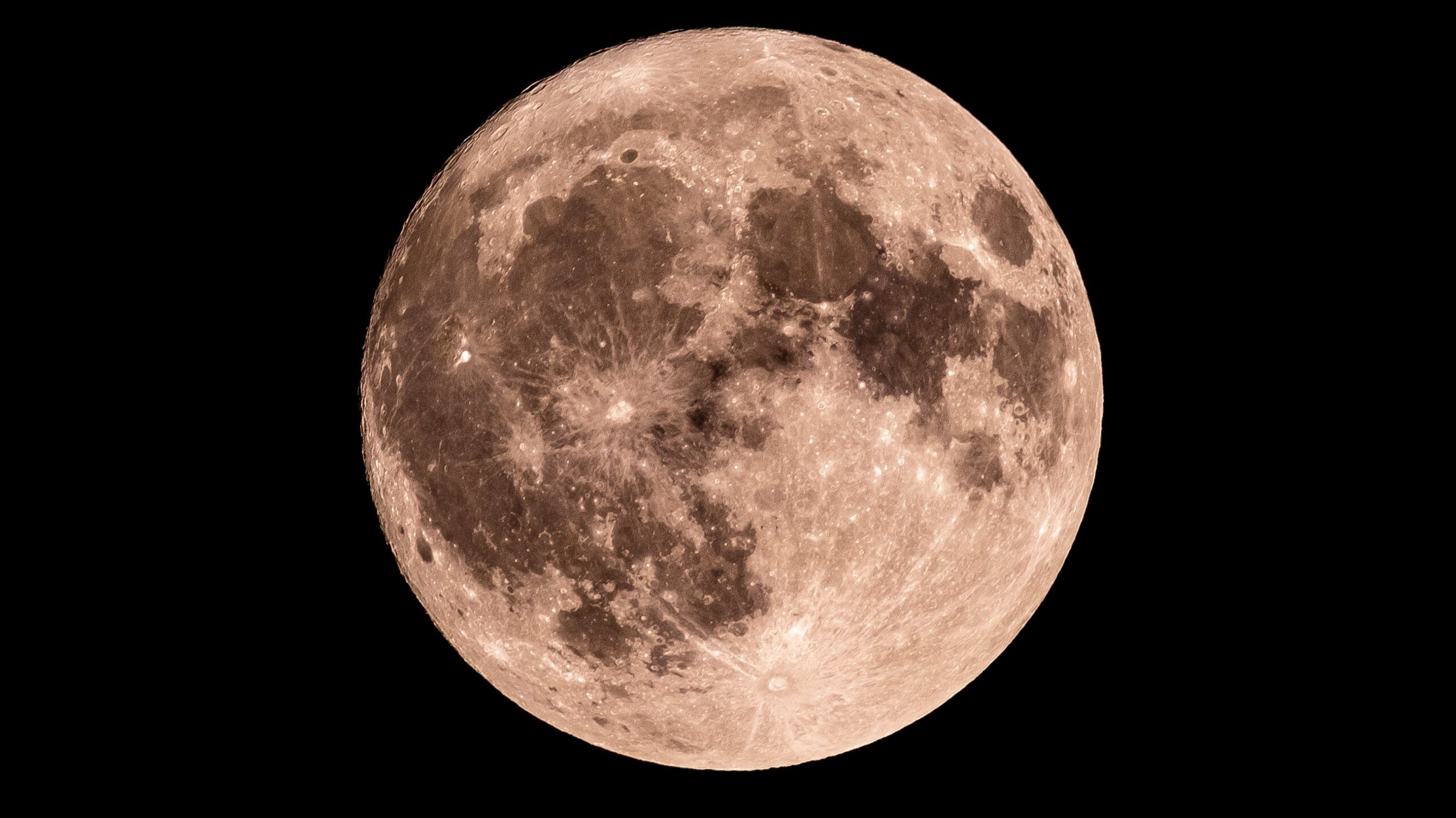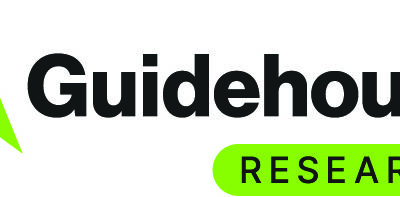Science
Discover Tonight’s Waxing Gibbous Moon Phase on August 3, 2025

As of August 3, 2025, the moon is in the Waxing Gibbous phase, shining brightly at approximately 69% illumination. This marks day ten of the lunar cycle, drawing observers closer to the upcoming full moon, which is scheduled for August 9, 2025. The lunar cycle, which spans about 29.5 days, features eight distinct phases, each resulting from the interplay of sunlight as it illuminates different portions of the moon while it orbits the Earth.
The Waxing Gibbous phase is characterized by a nearly full moon, making it an excellent time for skywatchers to explore the lunar surface. Without any visual aids, individuals can easily spot notable features such as the Copernicus Crater, Mare Fecunditatis, and Mare Crisium. For those equipped with binoculars, additional structures like the Aphonsus Crater and Posidonius Crater become apparent, along with the expansive Mare Frigoris.
For more serious astronomy enthusiasts, telescopes reveal even more spectacular sights. Observers can take in the intricate details of the Rima Arladaeus, the Descartes Highlands, and the Fra Mauro Highlands, an area of historical significance as it was the landing site for the Apollo 14 mission.
Understanding Moon Phases
Moon phases result from the moon’s orbit around the Earth, with changing angles between the Sun, Moon, and Earth determining how much of the moon appears illuminated from our perspective. This cycle produces a variety of visual effects, including full moons, half moons, and even periods when the moon is entirely dark.
There are eight primary phases in the lunar cycle:
– **New Moon**: The moon is positioned between the Earth and the Sun, rendering it invisible to observers.
– **Waxing Crescent**: A small crescent of light emerges on the right side (in the Northern Hemisphere).
– **First Quarter**: Half of the moon is illuminated on the right side, resembling a half-moon.
– **Waxing Gibbous**: More than half of the moon is lit, yet it has not reached fullness.
– **Full Moon**: The entire face of the moon shines brightly and is fully visible.
– **Waning Gibbous**: The moon begins to lose illumination from the right side.
– **Last Quarter (or Third Quarter)**: Another half-moon phase, with the left side now lit.
– **Waning Crescent**: Only a thin crescent of light remains on the left side before the moon returns to darkness.
As enthusiasts prepare for the full moon later this week, they can appreciate the beauty and complexity of our closest celestial neighbor. The Waxing Gibbous phase offers a stunning opportunity to explore the moon’s surface while highlighting the dynamic nature of lunar cycles.
-

 Lifestyle2 weeks ago
Lifestyle2 weeks agoBelton Family Reunites After Daughter Survives Hill Country Floods
-

 Technology2 weeks ago
Technology2 weeks agoDiscover the Top 10 Calorie Counting Apps of 2025
-

 Education3 weeks ago
Education3 weeks agoWinter Park School’s Grade Drops to C, Parents Express Concerns
-

 Technology5 days ago
Technology5 days agoHarmonic Launches AI Chatbot App to Transform Mathematical Reasoning
-

 Technology3 weeks ago
Technology3 weeks agoByteDance Ventures into Mixed Reality with New Headset Development
-

 Technology3 weeks ago
Technology3 weeks agoMeta Initiates $60B AI Data Center Expansion, Starting in Ohio
-

 Technology2 weeks ago
Technology2 weeks agoMathieu van der Poel Withdraws from Tour de France Due to Pneumonia
-

 Lifestyle3 weeks ago
Lifestyle3 weeks agoNew Restaurants Transform Minneapolis Dining Scene with Music and Flavor
-

 Technology3 weeks ago
Technology3 weeks agoGlobal Market for Air Quality Technologies to Hit $419 Billion by 2033
-

 Technology3 weeks ago
Technology3 weeks agoRecovering a Suspended TikTok Account: A Step-by-Step Guide
-

 Technology16 hours ago
Technology16 hours agoAtlassian Cuts 150 Jobs, Faces Backlash for Impersonal Layoffs
-

 Health3 weeks ago
Health3 weeks agoSudden Vision Loss: Warning Signs of Stroke and Dietary Solutions





















